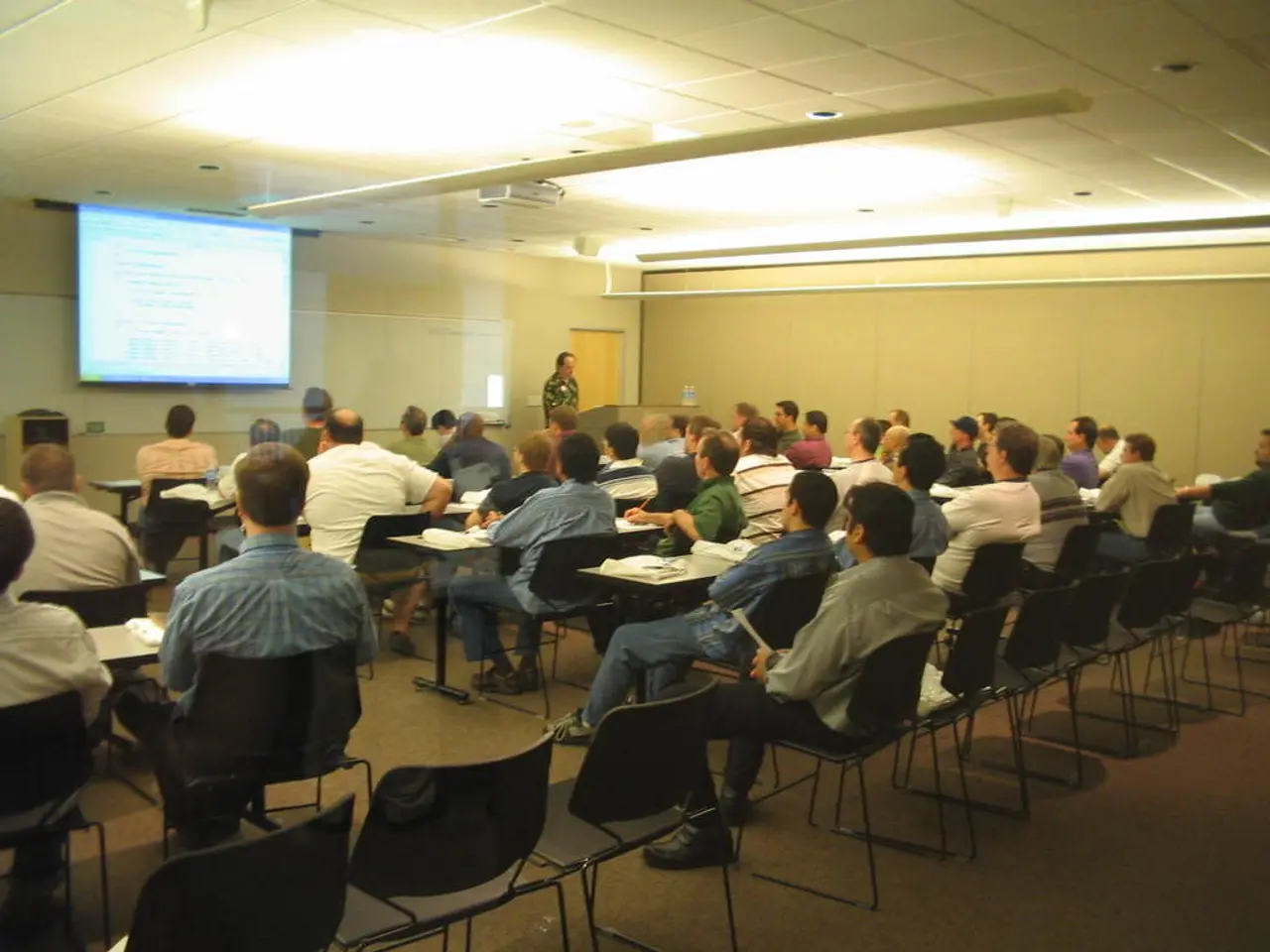News Article: The Advantages and Limitations of Short-Throw Projectors in Educational Settings
Back in the Academic Year: Short-Distance Projectors Bring Benefits to Educational Settings
Short-throw projectors have become a popular choice in educational facilities, offering several key advantages. These devices allow teachers to move freely in front of the screen without casting shadows, enhancing the presentation experience and reducing distractions. The reduced ambient light sensitivity of short-throw projectors also makes them suitable for well-lit classrooms.
Moreover, short-throw projectors are easier to install and less obtrusive in the classroom environment. Many modern models come with integrated annotation and interactive teaching tools, further enhancing engagement and interactivity in the classroom.
However, short-throw projectors do have some limitations. They can be more expensive than traditional projectors and require regular maintenance, increasing their total cost of ownership. Additionally, projectors, including short-throw models, often suffer from a limited viewing angle, where images may appear distorted or less clear when viewed from the side.
The quality of the projected image can be heavily influenced by the screen material and size, requiring specific setups to achieve optimal performance. Furthermore, while some projectors come with built-in speakers, the audio quality may not match the visual experience, potentially requiring additional external audio systems.
To address these limitations, educators and institutions can consider using ultra-short-throw (UST) projectors combined with ambient light-rejecting (ALR) screens, which can significantly improve image quality in well-lit spaces. Additionally, incorporating interactive tools and ensuring proper maintenance can enhance the educational impact of these projectors.
Short-throw projectors are designed to enable larger screens in smaller spaces, making them a good choice for both classrooms and larger lecture halls. They are a better choice in tight quarters, particularly in educational facilities. However, if your short-throw projector has a fixed lens, there is less flexibility in adjusting the throw distance, which could be a limitation in larger or irregularly shaped rooms.
Ultra-short-throw projectors, with a throw ratio less than 0.5, can create large images from very short distances, resulting in a small installation volume and almost eliminating the possibility of shadows. However, they are typically more expensive due to the use of powerful aspherical lenses.
In conclusion, while short-throw projectors have some limitations, they offer numerous benefits for educational settings. By understanding these advantages and limitations, educators and institutions can make informed decisions when choosing projectors to best suit their needs.
- Incorporating technology such as short-throw projectors can be beneficial for business, allowing for more engaging and interactive education-and-self-development sessions.
- The implementation of advanced gadgets like ultra-short-throw projectors, when paired with ambient light-rejecting screens, can enhance the quality of learning experiences, particularly in well-lit environments.
- Technology, whether it's short-throw projectors or other educational devices, requires regular maintenance to ensure optimal performance, which is an essential factor to consider in any business or educational setting.




